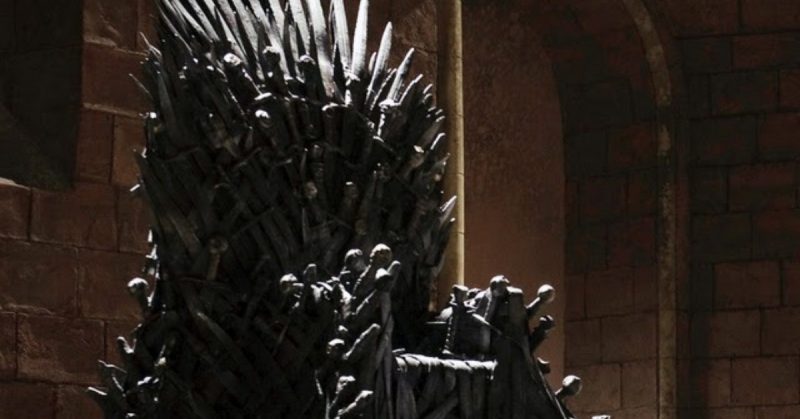There are also some pretty clear similarities between the Night’s Watch and the Order of the Knights Templar, who operated between 1119 and 1312.
The HBO series Game of Thrones, based on George RR Martin’s A Song of Ice and Fire fantasy epic, is one of the most popular and highly-acclaimed television shows of all time. Both book and TV show are known for their colorful characters, brutal murders, epic battles, vicious backstabbing, and murderous betrayals.
Where did George RR Martin get the inspiration for all of the madness and mayhem that takes place in his fictional universe? The answer lies in the pages of history books, for much of what takes place in Game of Thrones is actually based on people and events from European medieval history.
The fact that the continent on which most of the action in Game of Thrones is set is called Westeros is a major indicator that the history of Europe (i.e. “the West”) forms the foundation upon which George RR Martin’s fictional universe is constructed.
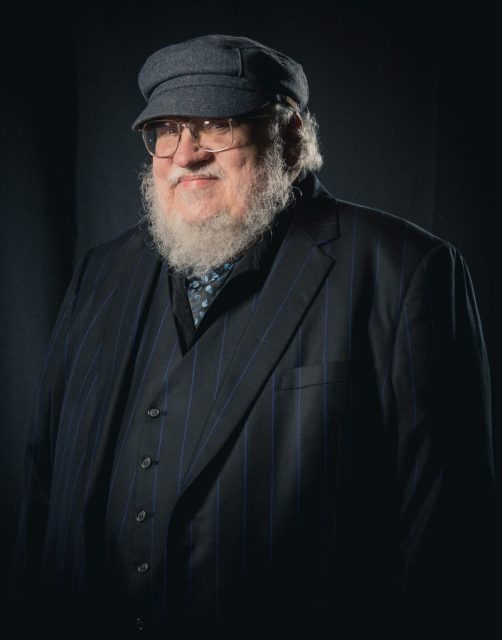
A large number of major characters are almost certainly based on members of the English dynasties who fought for control of England and the English throne during the Wars of the Roses, which were fought between 1455 and 1485.
The Wars of the Roses featured a number of very colorful – and real – characters. Richard III is one of the most controversial of these, painted by various writers as either a villain, a heroic reformer or, as is more likely, a mixture of both.
Born with a deformity of the spine and described as being small of stature, he served for a time as Lord Protector of the Realm (analogous to the position of Hand of the King in Game of Thrones).

In terms of good acts, he did a lot for the common people, such as introducing legal reforms that made it possible for poor people to get legal representation. He also improved the economy of the north of England. However, on the flip side, he was accused of murdering his young nephews in order to seize the throne for himself.
He later became the last ever English king to die in battle, losing his life in the Battle of Bosworth Field in 1485. He seems to have provided a clear inspiration for the character of Tyrion Lannister.

Another character who seems to be quite clearly based on a real historical character from this period is Daenerys Targaryen – although the inspiration for this dragon queen was actually a king: King Henry Tudor.
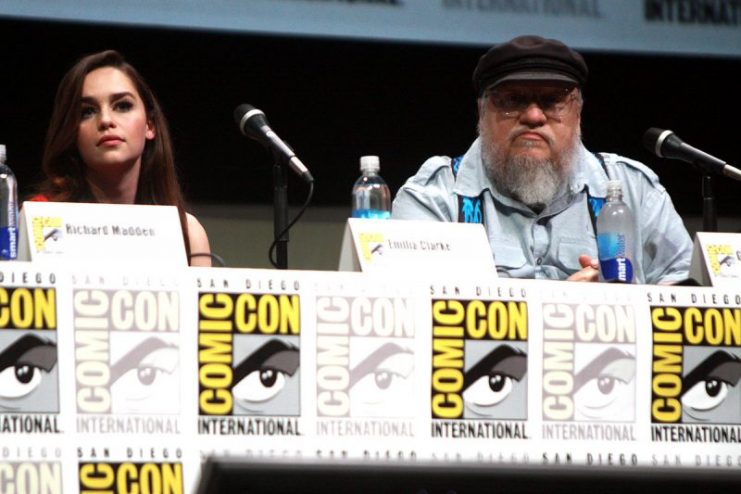
Like Daenerys, Henry had to flee his homeland as a child and spent his teenage years in exile, raising an army to claim a throne that he believed was rightfully his.
Another similarity comes from the fact that both Henry and Daenerys had an older mentor to guide them through these troubled times. In Game of Thrones, Daenerys has Ser Jorah Mormont, while Henry had his uncle Jasper Tudor in Europe.
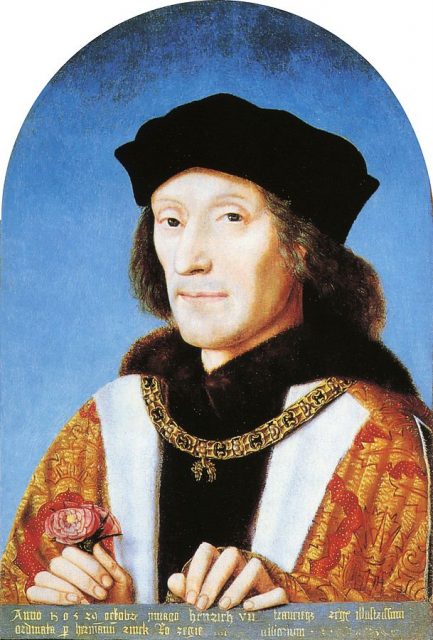
A final connection is the dragon theme: while Henry Tudor, of course, did not have dragons, he did carry a banner with a red dragon as his emblem.
Other parallels can be drawn with peoples rather than individual characters. One obvious one is the link between the Dothraki and the real-life Mongols.
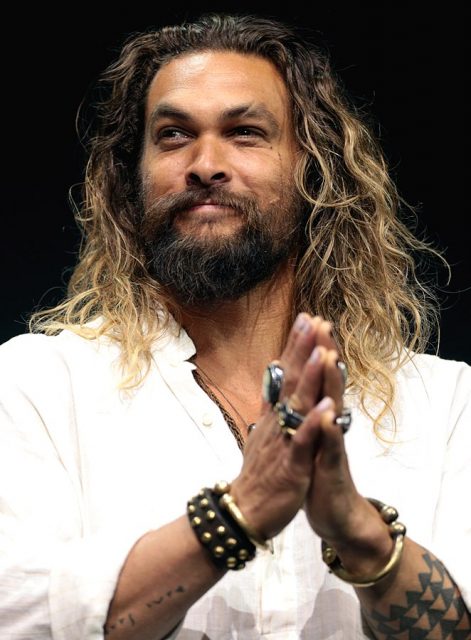
In Game of Thrones, the Dothraki are a nomadic and warlike race whose warriors are lightly-armored, highly mobile cavalrymen. This representation is very much like the Mongols who, under Genghis Khan and his successors, established the largest contiguous land empire ever seen in history.

The Dothraki are ruled by a Khal, while the Mongols were ruled by a khan – the similarities are quite blatant.
Then there are the people of the Iron Islands who in Game of Thrones regularly raid the coastal areas of Westeros – much like how the Vikings used to raid the coasts of England, Ireland, and Scotland.
Add to that the men of the Night’s Watch who, in Game of Thrones, man the Wall that separates the civilized realms of Westeros from the barbarians in the far north. This is very similar to Hadrian’s Wall in England which was built by the Roman emperor Hadrian to keep out of England the Picts who lived in what is now Scotland.
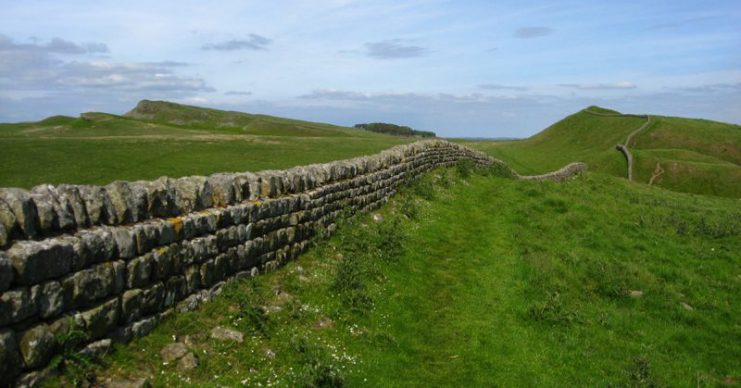
There are also some pretty clear similarities between the Night’s Watch and the Order of the Knights Templar, who operated between 1119 and 1312. Much like the men of the Night’s Watch, those who joined the order of the Templars swore lifelong vows of chastity and poverty, devoting their lives to protecting Christian pilgrims in the Holy Land.
Upon joining the Templars, men were absolved of all their former sins. Similarly, men who join the Night’s Watch have their slates wiped clean. Furthermore, like the Night’s Watch, the Templars were led by a Grand-Master.
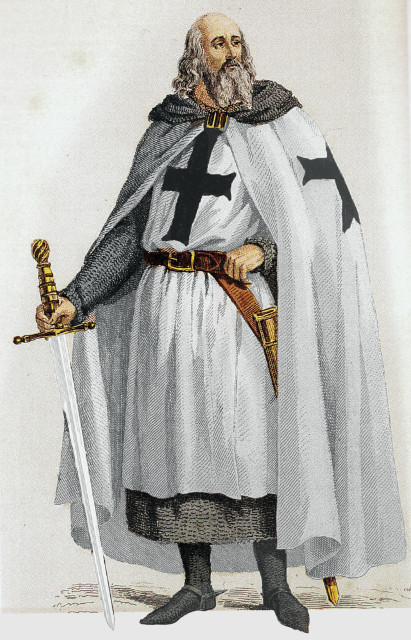
Of course, the Night’s Watch is not an exact replica of the real-life Templars. Men who join the Night’s Watch in Game of Thrones are often poor commoners and former petty criminals, while the knights who became Templars would have been of noble birth and a pious nature.
The similarities between the characters and peoples of Westeros and real historical characters from European history are numerous — so much so that an entire book has been written on the subject called The Realm: The True History Behind Game of Thrones, by Ed West.

The many parallels between real history and the characters and events in A Song of Ice and Fire is something that George RR Martin has confirmed.
Read another story from us: 5 War Movie Scenes Filmed On The Actual Location That You Can Visit
He has stated that in the pages of history books “there are so many wonderful stories among wars and battles and seductions and betrayals and the choices people make … I don’t make it up; I take it and I file off the serial numbers, and I turn it up to eleven, and I change the color from red to purple and I have a great incident for the books.”
